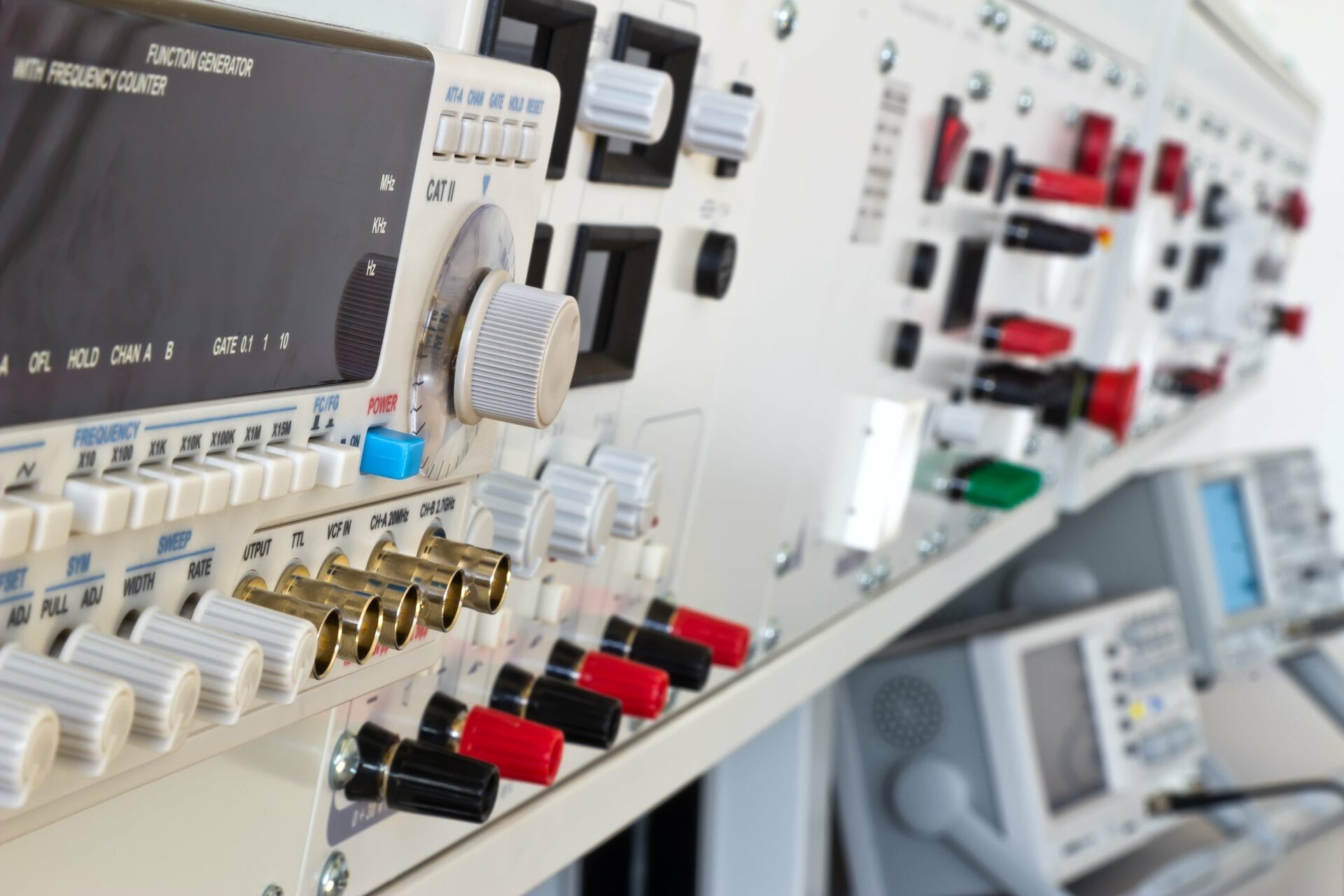There is a growing demand for on-site calibration as its advantages become more widely known. The convenience and minimized downtime make it an attractive alternative. In this article, we’ll explore tips on preparing your equipment for on-site calibration to make the process smoother and ensure accuracy and compliance.
Understanding Calibration Requirements
Before planning, research, and understand calibration requirements first. This includes knowing specific requirements for your industry and type of equipment because regulatory standards also vary. Determine the standard and required frequency, and identify any distinct calibration needs. Understanding these nuances is fundamental to a successful on-site calibration process.
Get the Necessary Tools and Materials
Before your calibration technician arrives at your location, ensure that you have gathered all the necessary tools and equipment. Additionally, consider consulting with your calibration provider to determine if there are specific materials you should prepare in advance. Typically, the following are recommended:
- Calibration Standards: Equipment measurements can be compared against reference instruments or materials known as calibration standards. These serve as a point of comparison for known values.
- Calibration equipment: Used to perform onsite calibration procedures are specialized tools and instruments, collectively referred to as calibration equipment.
- Power sources: Operating calibration and test equipment requires power sources to be readily available.
- Cleaning supplies: Inspect the equipment for any contaminants or debris that could interfere with the calibration process before cleaning it thoroughly. Remove any dirt or contaminants using cleaning supplies.
- Safety equipment: Appropriate safety equipment should be provided – think gloves, safety glasses, and protective clothing – as required for the calibration procedures to ensure a safe environment.
- Dedicated workspace: For the calibration technician, ensure that there is a specific workspace set aside. A well-lit, tidy area without any disruptions or interference is ideal.
Equipment Preparation
Eliminating all possible obstructions that could hinder the on-site calibration process is of utmost importance when preparing equipment for calibration. Thus, start by conducting a thorough inspection and cleaning of the equipment to get rid of any dirt, debris, or other possible contaminants. It is essential to inspect every inch of the equipment for any visible damage or defects that could lead to inaccurate calibration. It is also recommended to prioritize safety by disconnecting the equipment from external devices and turning off the power to avoid interference during the calibration process. For proper calibration, it is important to gather relevant records such as maintenance schedules, calibration history, and operating manuals. The on-site calibration process can be greatly assisted by these details and sets up the equipment calibration for a positive outcome.
Organizing the Equipment
Arranging equipment efficiently and systematically is advantageous, and there are several ways to approach it. Grouping equipment that share similarities, such as function, calibration needs, or type is one way to go about it. Proper labeling and tagging of each piece of equipment is vital to help calibration technicians locate and identify them quickly during testing. Also, it’s crucial to organize the equipment in a way that allows for comfortable access and movement. This arrangement promotes a smoother setup and more efficient calibration, enabling prompt and accurate addressing of each equipment.
Find a Trusted Onsite Calibration Service Provider
Finding a service provider with a reputation for providing precise and effective on-site calibrations is essential when looking for on-site calibration services. Examine industry reputation, reviews, and testimonies to be sure it’s reliable. An established supplier with a solid track record can make a big difference in how well your calibration goes. The secret to a successful outcome is hiring experts committed to guaranteeing your equipment operates with minimum downtime, accuracy, and convenience. Put the accuracy of your instrument in the hands of a reputable service provider.
Communicating with the Calibration Technician
Effectively communicating with your technician makes the whole process easier and smoother. This involves:
- Prepare a detailed list: When creating a list of equipment for calibration, include as much detail as possible. This should encompass the specific equipment type, serial number, and any particular calibration needs or procedures that must be met. Provide this list to your technician or on-site calibration service provider.
- Informing about specific calibration requirements: Share information regarding special requirements, specific calibration standards, and safety precautions.
- Facility Access: The equipment and calibration workspace requires clear access, so coordinate with facility personnel for access codes and keys to be provided.
Ensuring a Smooth Calibration Process
For a seamless process during on-site calibration, efficiently cooperating with the service provider is necessary. It is important to provide information promptly in response to any queries from the technician(s) regarding concerns about the equipment. Establishing a cooperative environment is achieved by offering assistance with equipment movement, providing technical information, and even operating the equipment being tested. A critical factor for effective calibration is uninterrupted work time for the technician, allowing for precision and efficiency throughout the process. When combined, these efforts create a seamless calibration experience.
Conclusion
On-site calibration may be a more convenient alternative; however, it is still essential to make the proper preparations to have a seamless calibration experience. Properly preparing your equipment, organizing the necessary requirements and tools, finding a reliable provider, and communicating with your technician(s) is key to a successful calibration process that can minimize downtime and maximize the productivity of your equipment
Ready to Experience Seamless On-site Calibration?
Here at Micro Precision, we specialize in on-site calibration that ensures convenience, accuracy and minimized downtime. Let our professionals handle enhancing your instrument’s precision. Contact us today to schedule your on-site calibration.

